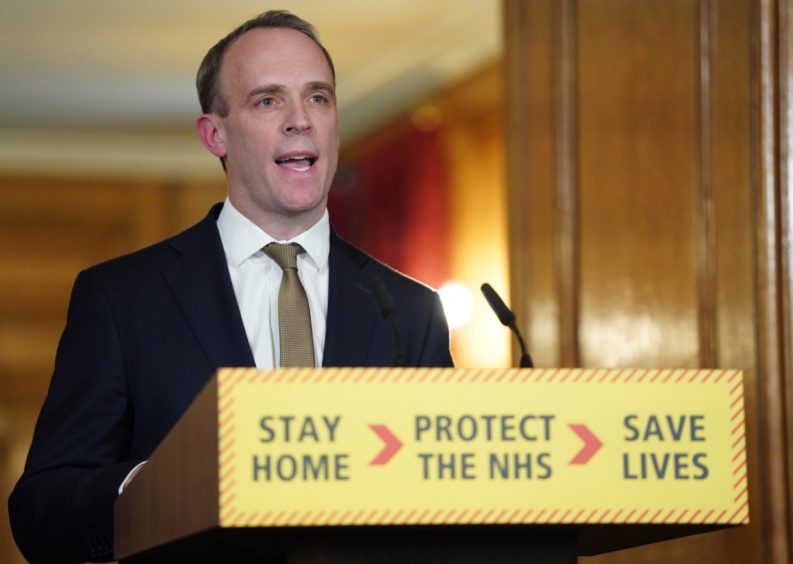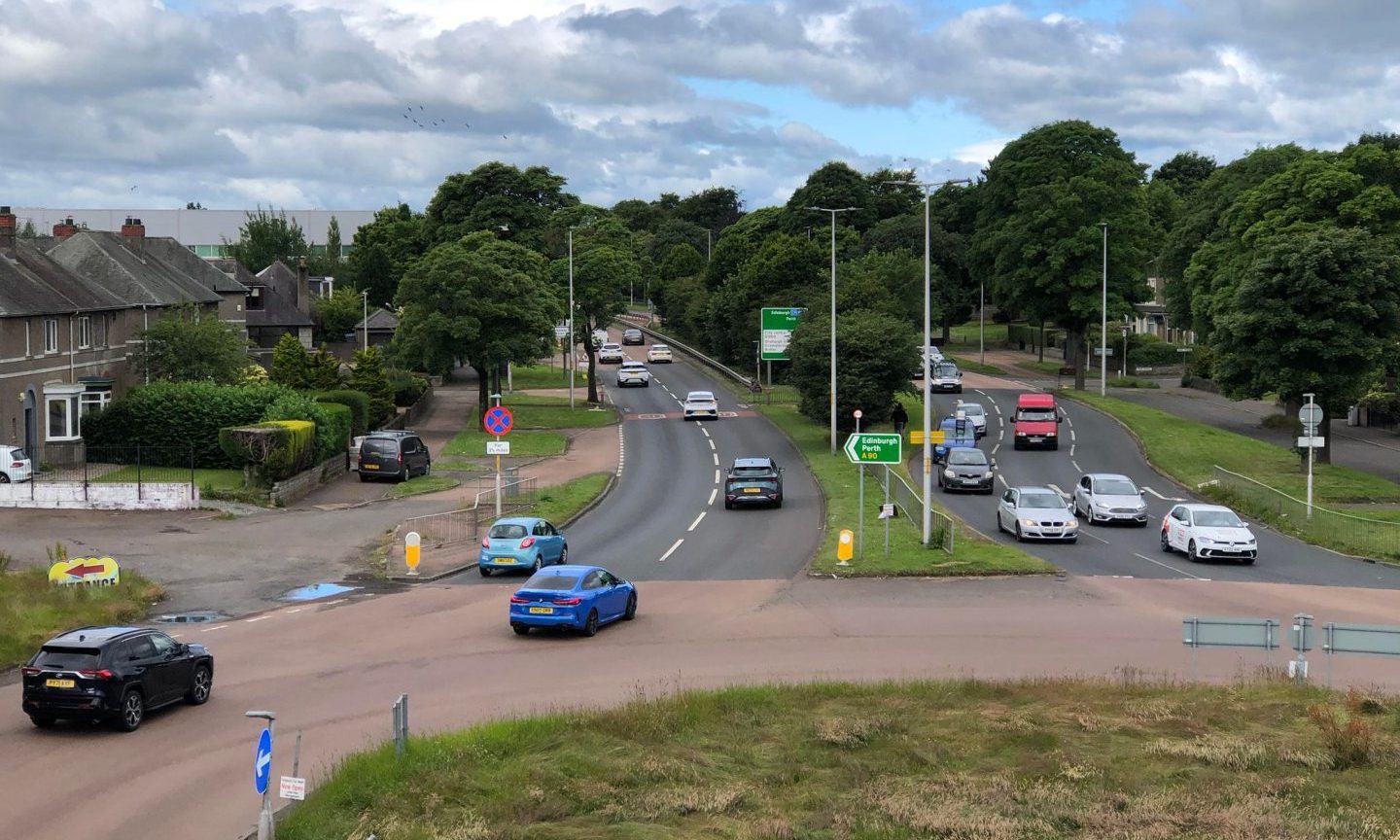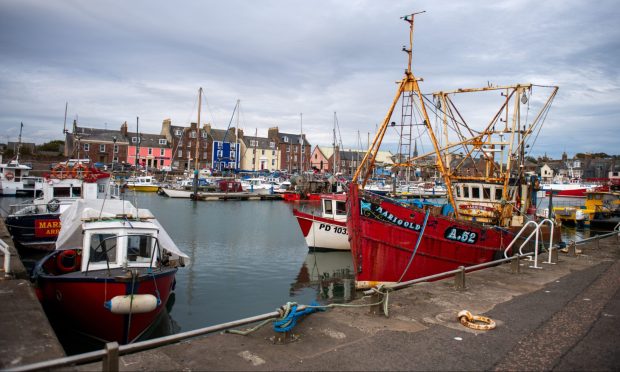Britain’s coronavirus lockdown will remain in place for “at least” another three weeks after experts warned that relaxing restrictions now could overwhelm the NHS and result in more deaths.
Foreign Secretary Dominic Raab, who is deputising for Boris Johnson while he recovers from Covid-19, said there was “light at the end of the tunnel” but warned the nation measures could be in place for as long as three months.
At the daily Downing Street briefing Mr Raab said the UK Government would need to satisfy “five tests” before considering an end to lockdown.
Key to those tests is whether there is a “sustained and consistent” drop in the daily death and infection rate.
“Our message to the British public is, there is light at the end of tunnel, we are making progress, but at the same time we must keep up the social distancing measures,” he said.
“The prime minister said at the outset that it would take three months to come through the peak and I think that, broadly, is still the outline,” he said.
“We can’t give a definitive timeframe, that would be to prejudge the evidence, that wouldn’t be a responsible thing to do.
“The worst thing we could do is ease up too soon. It would be the worst outcome not just for public health but the economy and the country as a whole.”
The decision to extend the lockdown, taken jointly by the devolved administrations and Westminster, came as the UK recorded another 861 Covid-19 deaths in hospital, taking the total to 13,729.
Nicola Sturgeon, at a press conference last night, said that coronavirus restrictions in some form or another would have to be in place for the “foreseeable future”.
“Our advice is clear – if we were to lift any of these restrictions now we would risk immediate and potentially exponential resurgence of the virus,” she said.
“And that could result in our NHS being quickly overwhelmed. It could result in even more cases in our care homes and it would also mean much more loss of life. It could also lead to the reintroduction of more stringent restrictions in the future and substantially more damage to the economy. “
Ms Sturgeon added that the virus was “not simply going to disappear”. She said: “Unfortunately, we are going to have to live with it for some time to come.
“I want to give you as much confidence as I can, but while we don’t yet have all of the answers – no country does – we are developing a plan to help us plot the best course forward.”
The average person-to-person transmission rate, or R0 value, of the virus is now believed to sit somewhere between 0.5 and just below 1.
Before the shutdown was imposed, scientists estimated every Covid-19 positive person went on to infect an average of 2.6 other people.
Despite an apparent plateauing in deaths and infections, the UK Government’s chief scientific adviser Sir Patrick Vallance warned a second peak in deaths was a very real possibility if social-distancing rules were relaxed.
Appearing alongside Mr Raab, he said the fact that on average each infected person is passing the virus on to less than one person was “an important change”.
“It means in the community it is likely that the virus and the epidemic is now shrinking,” he said.
He said there might have been a growth in transmission in some settings such as hospital and social care, but added: “Overall the R0 is below one, but we can’t say by how much.”
Sir Patrick added: “If the R0 goes above one, (cases) start to grow again fast, and it may be quite difficult to predict and detect that growth. Then we run the risk of a second peak with all of the damage that will cause to health and the economy.”
He said it was important all measures remain in place if the pandemic is to be brought under control.
Some countries across Europe which introduced lockdown measures before the UK are now beginning to ease them, including Austria, Italy and Germany.
However, they continue to require some social distancing measures, which reduce close contact between people and prevent large gatherings.




